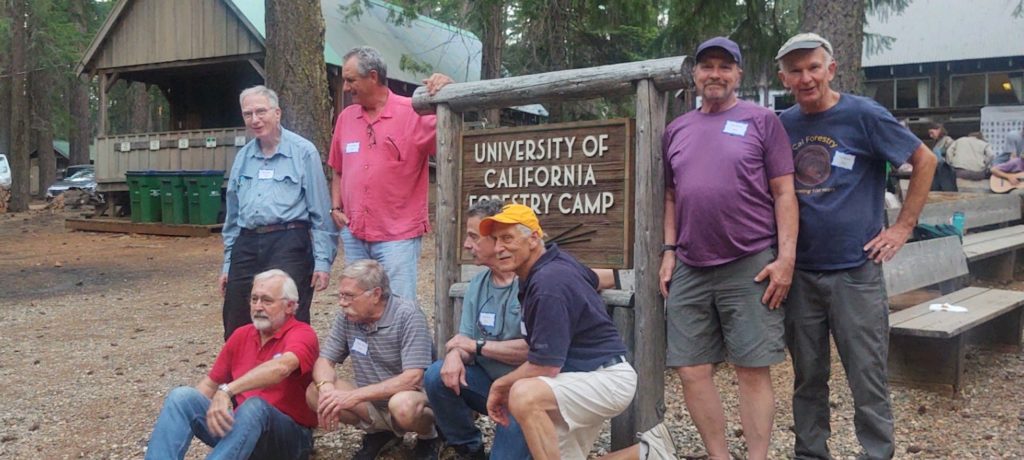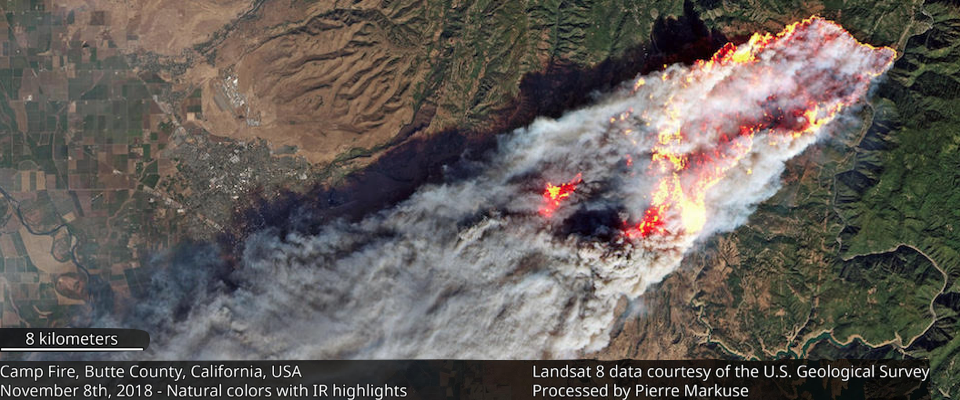As summer approaches, the potential for catastrophic wildfires looms large in California. Several big blazes already have scorched the south state, including one north of Santa Barbara that forced the evacuation of 4,000 campers and residents earlier this week.
The National Interagency Fire Center in Boise, which coordinates wildfire fighting throughout the West, predicts above average risk for “significant” wild land fires for California throughout the summer. Given that the NIFC typically couches its media releases in restrained language, this is no small thing.
Bill Stewart PHD ‘93, a forestry specialist with UC Berkeley’s College of Natural Resources and the co-director of the University’s Center for Forestry, also eschews incendiary verbiage, but he puts the situation in starker terms.
“It’s a very anomalous year,” said Stewart in a phone interview. “We’re seeing a fire season that is about six weeks to two months early. After Christmas, we saw very little precipitation. Southern California is particularly dry, and could face a tough season. The Coast Range is also very dry, and we could see a lot of fires there.”
Though the Sierra Nevada is included in the NIFC’s predication for significant risk, Stewart thinks it may fare better that other parts of the state.
“At our Blodgett Forest Research Station (in Georgetown, west of Lake Tahoe), we had 84 percent of normal precipitation, which is better than many other parts of the state,” said Stewart. “And most of that fell as snow. It stayed longer, and kept fuels moister longer.”
For the rest of the state, said Stewart, the precipitation fell as rain and the fuels—trees and vegetation — dried out sooner, translating to enhanced fire risk over a longer period of time.
There has been much prognosticating and wailing and gnashing of teeth over the impact of climate change on California’s wild lands – and just what that means for wildfires. There is logic in the assumption that a warming global climate will automatically translate as a drier, more flammable Golden State.
That could well be true – but maybe not, at least for parts of the state. Under many climate change models, the California coast will become foggier, and hence cooler and wetter. And what about predictions that California’s flora will shift upward in elevation as hotter, drier conditions prevail? There are some indications that vegetation may be moving around, said Stewart, “but 30 years of data isn’t nearly enough to declare a trend.”
One thing does seem clear, said Stewart: climate change portends greater unpredictability in rainfall and snowpack. Not that there’s any year-to-year uniformity in state precipitation patterns now, he added — but virtually all models predict even greater variability.
“That’s going to make wildfire response more difficult,” Stewart said. “It’s going to throw off logistical planning – how many people you need, how much equipment, how much funding.”
Adding to the quandary is a deficit in virtually all the climate models now in use.
“The biggest issue in catastrophic wildfire is wind,” says Stewart. “It can be hot and dry, but if there’s no wind, the crews can usually get a handle on a fire. But once the winds start ripping up those canyons – well, you have a problem. And at this point, no one really knows how to satisfactorily model for wind. When it comes to wildfire and climate change models, wind is the most important element – and it’s the least understood.”
— Glen Martin



















